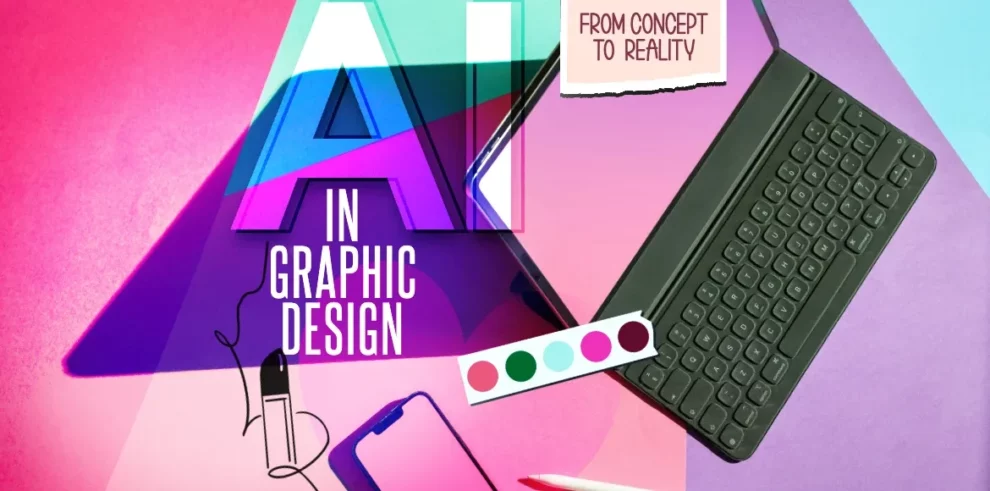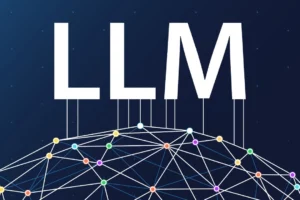When it comes to creating graphics, even the most tech-savvy individuals can find themselves overwhelmed by the intricacies of design. For someone like me, who lacks a natural eye for aesthetics and detail, the process becomes an exercise in frustration rather than creativity. Recently, I decided to experiment with AI-powered tools to simplify my graphic design journey. Armed with optimism and a willingness to embrace new technology, I turned to PosterMyWall—a platform promising to revolutionize how amateurs approach design. Unfortunately, what started as a hopeful endeavor ended in disappointment.
The Promise of PosterMyWall
PosterMyWall positions itself as a one-stop solution for anyone looking to create professional-grade graphics without extensive design experience. Its suite of features includes templates for flyers, social media posts, banners, videos, and email campaigns. More importantly, its latest additions—AI-driven tools such as an image generator, background remover, and caption creator—were marketed as game-changers for users seeking quick, high-quality results.
In theory, this sounded perfect. As someone hosting an event, I needed a poster that would capture attention while conveying essential information. Rather than relying on my limited design skills or hiring a professional, I hoped AI could bridge the gap. After all, if these tools worked as advertised, they could save time, effort, and money. Little did I know, the reality would fall far short of expectations.
Navigating the Process
To begin, I signed up for PosterMyWall’s free 14-day trial, which granted access to its premium subscription ($10 per month) and unlocked the AI-powered tools. From there, the process seemed straightforward: select a template, input keywords, and let the AI do the heavy lifting. However, simplicity quickly gave way to complexity.
I chose a digital book cover titled “Good Teams” as my starting point, drawn to its clean layout and potential for customization. With the foundation set, I moved on to the AI Image Generator, where things began to unravel.
Experimentation and Disappointment
My first attempt involved typing “INCLUSIVE HARD WORK. BODY PARTS,” envisioning collaborative hands à la The Magic School Bus . What I received instead were decent but uninspired renders of hands accompanied by literal text overlays. While technically correct, the output lacked imagination and polish. Regenerating the prompt yielded similar results—adequate at best, disappointing at worst.
Undeterred, I tried again with “MULTICULTURALISM.” This time, the AI generated images of diverse faces surrounding a globe. Though marginally better, the designs still felt generic and uninspired. Ultimately, I settled on one of these options, not because it thrilled me, but because I had exhausted my patience.
Next came the AI Background Remover, another feature touted as transformative. When applied to my chosen image, it successfully removed the background—but replaced it with an odd earthy yellow hue. Though unexpected, I adapted by incorporating the color into my design, diluting its transparency to ensure the original artwork remained prominent.
By the end of the session, I had produced a functional yet unremarkable book cover. It met basic requirements but fell far short of the creative vision I initially imagined.
Evaluating the Experience
Reflecting on my experience with PosterMyWall, several issues became apparent:
- Limited AI Capabilities : Despite being a premium feature, the AI tools failed to deliver compelling or innovative results. Prompts often resulted in predictable, cookie-cutter designs that lacked personality.
- Credit System Frustrations : Each AI generation consumes credits, which are included in the subscription fee. Generating just three prompts depleted 75% of my allotted credits, forcing me to reconsider whether the value proposition justified the cost.
- Comparison to Competitors : Platforms like Canva offer comparable AI features (e.g., Magic Media) at similar price points, yet their outputs feel more refined and user-friendly. In contrast, PosterMyWall’s offerings seem underdeveloped, leaving little incentive to invest further.
- Time Investment vs. Results : Ironically, the hours spent experimenting with PosterMyWall equaled—or exceeded—the time required to learn traditional design software like Adobe Creative Suite. Instead of streamlining the process, the platform introduced unnecessary hurdles and guesswork.
Broader Implications for AI in Design
This experience raises broader questions about the current state of AI in graphic design. While the technology holds immense promise, it remains largely aspirational rather than practical for everyday users. Tools like PosterMyWall aim to democratize design by lowering barriers to entry, but they often stumble when delivering meaningful results.
Part of the issue lies in unrealistic expectations. Users expect AI to replicate human creativity, complete with nuance and originality. Yet, algorithms struggle with abstract concepts, producing outputs that feel formulaic and uninspired. Additionally, many platforms prioritize gamification over genuine utility, encouraging repeated use through credit systems or regenerative prompts. Such tactics may drive engagement but ultimately undermine trust in the product.
Another challenge is finding the right balance between automation and collaboration. Rather than replacing designers entirely, AI should serve as a tool to enhance creativity, offering fresh perspectives and ideas. Unfortunately, many platforms fail to strike this equilibrium, leaving users frustrated and disillusioned.
Moving Forward
Despite its shortcomings, PosterMyWall represents an important step toward integrating AI into mainstream design workflows. However, significant improvements are needed before it can truly compete with established alternatives. Strengthening the underlying algorithms, refining the credit system, and enhancing overall usability would go a long way toward addressing current limitations.
For now, I remain skeptical of AI’s ability to replace traditional design methods. While occasional successes hint at its potential, consistent reliability remains elusive. Until then, professionals and hobbyists alike may be better served investing in foundational skills and leveraging AI as a supplementary resource rather than a primary solution.
In conclusion, my experiment with PosterMyWall highlighted both the allure and pitfalls of AI-powered graphic design. Though the concept is undeniably appealing, execution lags behind expectation. As developers continue refining these technologies, we must temper our enthusiasm with realism, recognizing that true innovation takes time—and perseverance—to achieve.
















Add Comment